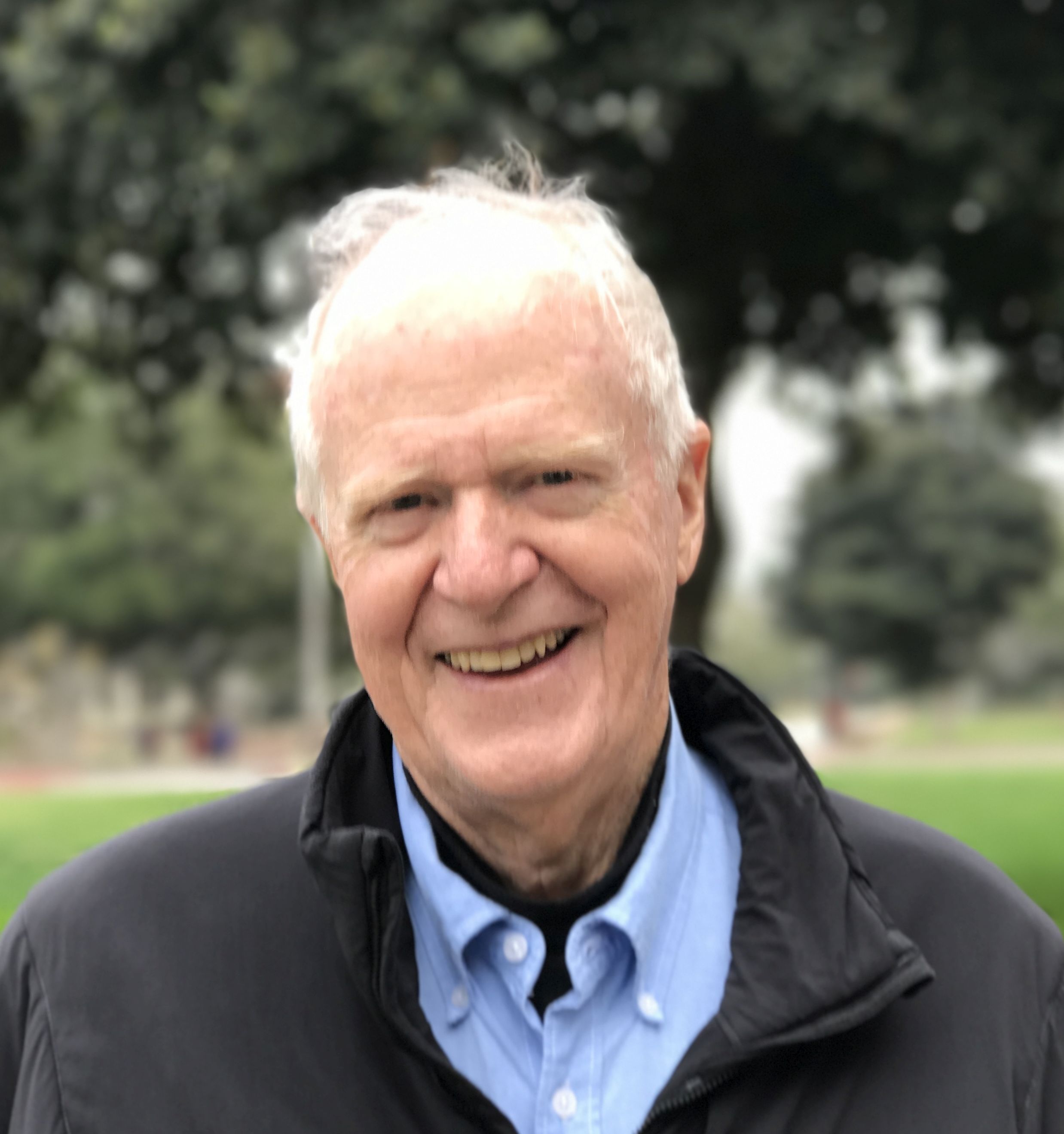
Mike Raugh
MathematicianEmail: auranteacus at gmail com
Brief Professional Bio

|
Mike RaughMathematicianEmail: auranteacus at gmail com Brief Professional Bio |
The presentation and text are based on my earlier study, John Napier and Henry Briggs at the Threshold of Analysis (2022), https://doi.org/10.5281/zenodo.6402702.
The point of the work is that Napier and Briggs foreshadowed calculus using merely arithmetic. Napier's method itself explains why the integral ∫ dx/x (with lower bound 1) gives the natural logarithm, and his tables afford a means of evaluating the integral. It may be the most elementary introduction to that integral and to logarithms in general.
Another point of interest is that a method used by Briggs implies a simple recursion formula that can be used to compute natural logarithms using Bernoulli numbers. The algorithm demonstrates how closely the Bernoulli numbers are affiliated with the natural logarithm.
The logarithms of Napier and Briggs, created for practical applications in astronomy and navigation, turned out to be major milestones in the development of mathematics.
Siegmund Probst gave the introductory talk Some early implicit and actual appearances of the number commonly known as e, at The First International Virtual Symposium Honoring the "Eulerian" Number e = 2.71828...., February 7, 18:28 Amsterdam time.
My talk following Probst is linked below at 2023 under Invited Talks.
In reverse-chronologic order:
2017 (June 30) This talk, given for RIPS17 at IPAM, follows one year after the first talk for RIPS16: Leibniz used Calculus to solve the Catenary Problem, but he presented it as a Euclidean Construction without Explanation. In a private letter, Leibniz explained his analysis. He wrote: ``Let those who don't know the new analysis try their luck!'' This talk presents his elegant construction and analysis. Paradoxically, the construction isn't possible as strictly Euclidean, but it doesn't really matter! I present the analysis in Leibniz's own idiom of differential calculus. A YouTube video was prepared by IPAM's expert videographer, Kayleigh Steele.
This was a slight modification of an invited talk at Dartmouth for the Dartmouth Mathematics Colloquium, April 13.
2017 (January 4) The Leibniz Catenary Construction: Geometry vs Analysis in the 17th Century, an invited talk for the Special Session on the History of Mathematics at JMM 17 in Atlanta. This talk positions the publication of Leibniz's construction at the time when mathematicians were turning away from Descarte's dictate to present curves as geometric constructs toward analytic presentations. Leibniz played it both ways: he published a construction that could only have been derived using calculus but did not disclose the derivation publicly.
2016 (July 6) An invited talk for RIPS16 at IPAM: How did Leibniz Solve the Catenary Problem? A Mystery Story.
Turned out not to be a mystery at all! Leibniz explained his solution in a private letter to Rudolph Von Bodenhausen of 1691. In ignorance of Bodenhausen, this talk demonstrates a discovery path for the hyperbolic functions at the heart of the catenary problem. The talk at IPAM (below at June 30, 2017) explains Leibniz's analysis in detail. (For a discussion of the Bodenhausen letter, see supplementary notes.)
I worked with IPAM staff and the late Robert Borrelli of Harvey Mudd College to create the RIPS program in 2001, and then to continue developing the program over the fifteen summers of my directorship. I enjoyed working with the many students and academic mentors who participated in RIPS over all those years.
My approach to managing the RIPS program, was presented to the panel Starting and maintaining a student industrial research progam in the mathematical sciences at the MAA's MathFest of Aug 4, 2007 in San Jose, CA.
RIPS continued in the summer of 2016 under the directorship of the talented Spanish mathematician and teacher Prof. Susana Serna of the Autonomous University of Barcelona. Prof. Serna had been an academic mentor for RIPS teams for the previous eight summers.
2011 Participated in review panel for the NSF and for the S. -T. Yau High School Mathematics Awards.